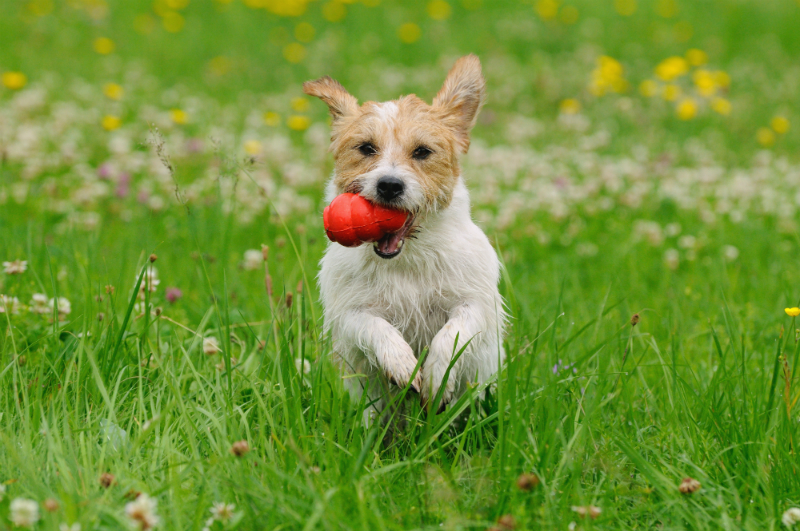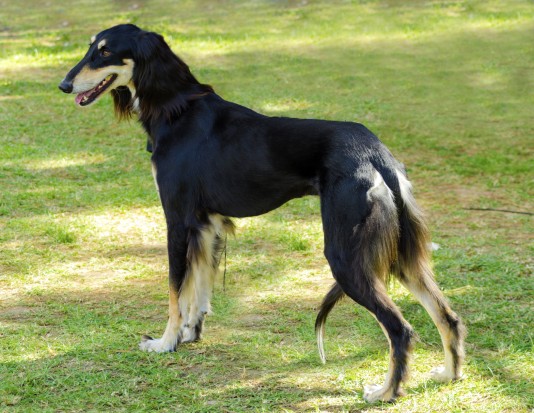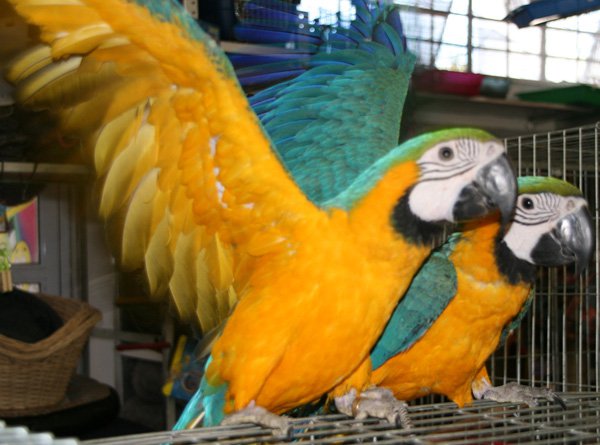
This article discusses how to identify parasites in your chicken coop and what you need to do to keep your chickens and your coop free from these tiny blood sucking creatures.
Mites and lice are no fun for any type of pet. These tiny creatures even appear in the backyard chicken coop, affecting the health of your chickens which can then impact the quantity and quality of eggs they produce.
Where do mites live?
If your chicken coop is made from timber, mites can often be found living in the tiny cracks and crevices of the walls of your chicken coop. Mites can live within the timber walls for quite a long time, emerging mainly at night-time to feed on the chickens. As unpleasant as it sounds, mites are a blood sucking type of creature that draw blood from your poor chickens! Mites are generally black in colour but will appear to be more red in colour after a blood feeding from your chickens.
Do my chickens have parasites?
If you notice sections without feathers on your chickens, you may have a parasite problem in your chicken house. You may also notice blackened feathers on your chickens which is a result of the accumulation of dried blood and excretions, often found under the wings of your chickens next to the body.. It's wise to occasionally check your chickens for these very tiny creatures.
How do I know if mites are in my chicken coop?
The easiest way to find the mites, if in fact they are living inside your chicken coop is to wait for night time and using a spot light, go out to your chicken coop. While your chickens may not like your sudden appearance at night-time, carefully pick up one of your hens and shine your torch close to the body of the bird, moving aside the feathers to see near the body of the bird. Mites are very, very small and close to invisible without magnification, so you'll need to look up close. If you see dark or red little creatures on your pet, then unfortunately these are likely to be mites. The darkened feathers from dried blood are also a sign that you have a problem.
How do mites and lice differ?
If the tiny creatures you find on your chickens are in fact white in colour these are likely lice rather than mites. Lice are white and larger than mites and also feed on the blood of your pets. Interestingly mites are less 'host' specific compared with lice. Mites will feed on your chickens at night and then go back to the cracks and crevices in the walls during the day. In comparison, lice will stay on the same chicken most of the time.
How to treat your chickens
To treat the chickens there is a range of anti-mite or anti-lice powders that you can dust your chickens with, to discourage the pests. These can usually be found at fodder stores, vets and some garden centres. Many of these are fairly toxic, so read the label carefully before applying.
Do I need to clean my coop too?
If you've found mites in your chicken house, the coop itself will need to be cleaned thoroughly with a high pressure spray, that can get into the small cracks in order to really overcome this problem. Ideally get rid of as much wood as possible from your pens. If you haven't already purchased or made a chicken coop, you'll have fewer problems with mites if you chose one made from steel or aluminium. While mites can still appear in these coops, it's not as common and they're much easier to clean to remove these pests.
Nature's way of dealing with parasites
If you have enough room in your coop, your chickens will likely create a dust bath for themselves. A dust bath is when the chickens roll around in the dust and dirt. Chickens use a dust bath to help to deal with pest problems.
Article Tags: Tiny Creatures, Chicken Coop, Dust Bath
 Choosing the Best Litter Box Furniture for Home Pet Cats
Choosing the Best Litter Box Furniture for Home Pet Cats
Choosing the Best Litter Box Furniture for Home Pet Cats
Choosing the Best Litter Box Furniture for Home Pet Cats
 Christmas Presents for Dogs: Santa Paws is coming to Town!
Are you buying your partner a Christmas present?Of course yo
Christmas Presents for Dogs: Santa Paws is coming to Town!
Are you buying your partner a Christmas present?Of course yo
 Keeping Sighthounds Happy
Keeping Sighthoun
Keeping Sighthounds Happy
Keeping Sighthoun
 Khamioka Ridgebacks Poole, Strong pups, both playful and hard-working
Khamioka Ridgebacks Poole, Strong pups, both playful and h
Khamioka Ridgebacks Poole, Strong pups, both playful and hard-working
Khamioka Ridgebacks Poole, Strong pups, both playful and h
 Labradoodle Genetic Diversity And Hereditary Health
Labradoodle Genet
Labradoodle Genetic Diversity And Hereditary Health
Labradoodle Genet
Copyright © 2005-2016 Pet Information All Rights Reserved
Contact us: www162date@outlook.com